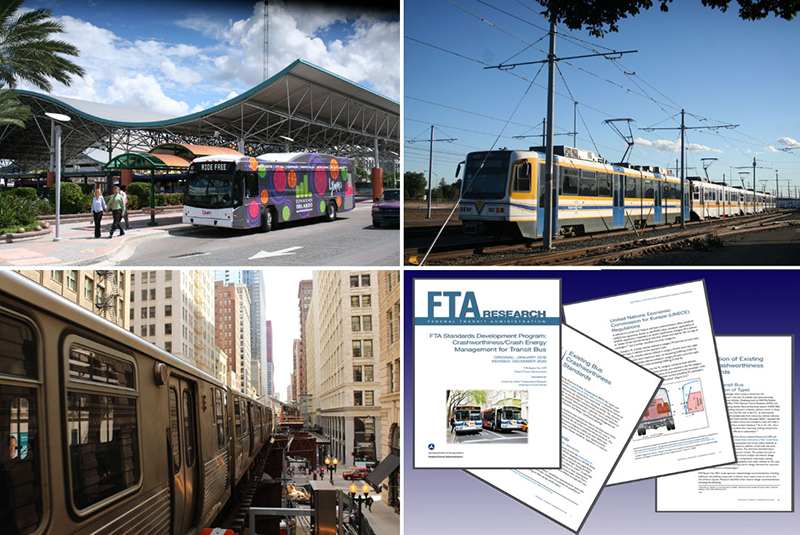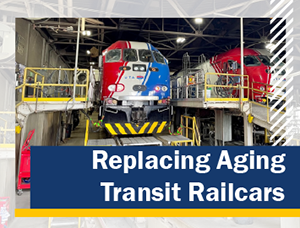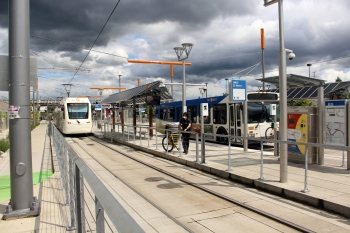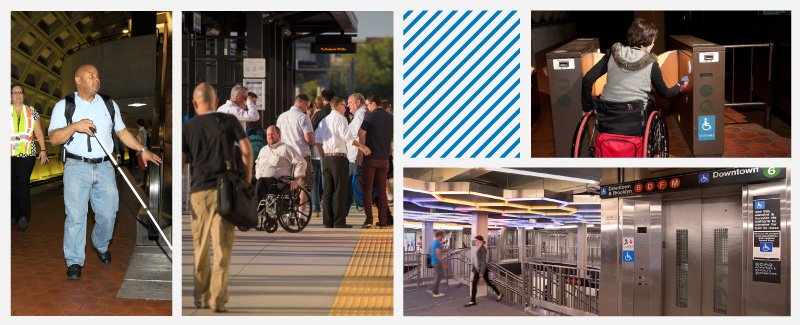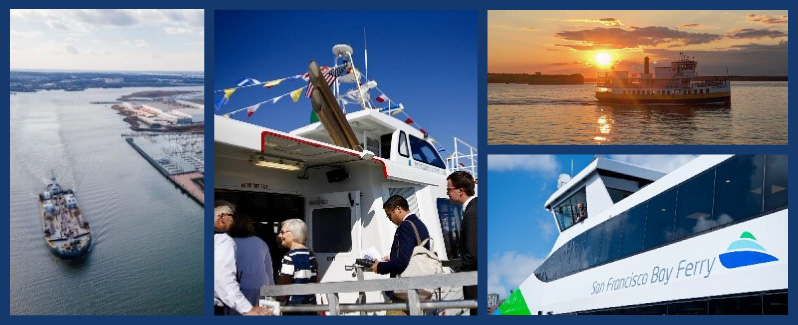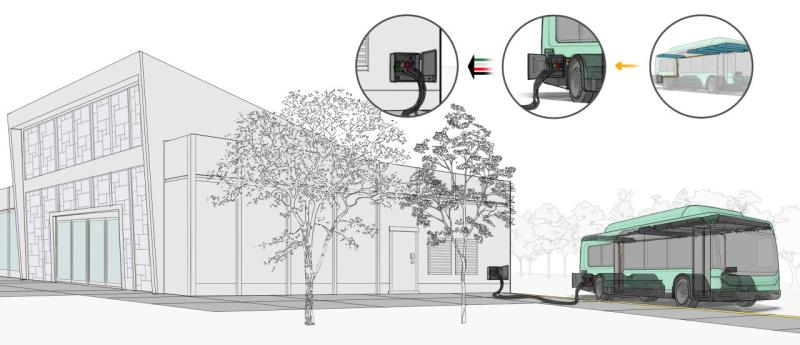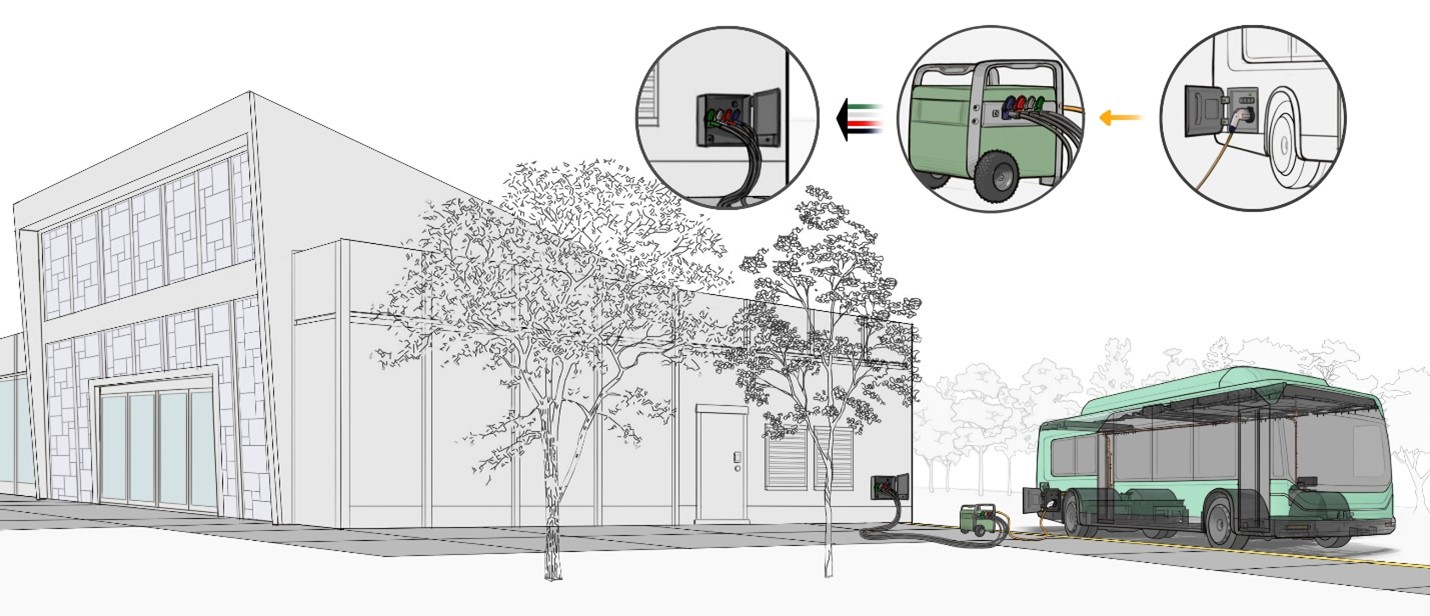What's New
- On June 8 , 2023, FTA announced $11.6 million to six projects to research automation technologies to improve safety and efficiency in bus service and yard operations.
- On September 22, 2022, FTA announced a Notice of Funding Opportunity (NOFO) to solicit proposals from organizations interested in advancing research into transit bus automation through demonstrations of Advanced Driver Assistance Systems (ADAS) and automation of bus movements in transit bus yards. The demonstration projects will help determine potential benefits, costs, and other impacts of transit bus automation. The demonstration projects will also provide transit agencies with resources, guidance, and tools to make informed deployment decisions.
Overview
The Transit Bus Automation Research program provides $5 million for ADAS for Transit Buses demonstrations to help improve transit bus safety and efficiency. Another $1.5 million for an initial phase of Automated Transit Bus Maintenance and Yard Operations demonstrations is available to improve worker efficiency and safety in bus yards.
As part of FTA’s Strategic Transit Automation Research (STAR) Plan, the projects will demonstrate transit bus automation technologies in real-world settings, help establish the feasibility of deploying ADAS and Automated Transit Bus Maintenance and Yard Operations, and improve understanding of the impacts, including transit workforce impacts. Additional information may be found on FTA’s Transit Automation Research webpage.
Eligible Projects
Eligible activities for the ADAS for Transit Buses Demonstration include engineering activities leading to the demonstration of ADAS use cases, such as requirements, architecture, and design development; equipment installation and integration; and pre-demonstration testing. Workforce engagement, training, and skills development activities related to the demonstration are also eligible. Projects will consist of a 12-month minimum for operational demonstration in revenue service. Eligible projects must propose to demonstrate at least one ADAS use case.
Eligible activities for the Automation for Maintenance and Yard Operations Demonstration include applicable systems engineering activities leading to the proof-of-concept demonstration, such as requirements, architecture, and design development; equipment installation and integration; and testing. Workforce engagement, training, and skills development activities related to the demonstration are also eligible.
Eligible Applicants
Eligible applicants under this NOFO include the following:
- Public transit agencies
- State/local government entities
- Metropolitan planning organizations (MPOs)
- Federally recognized Indian tribes
- Institutions of higher education, particularly those with Minority Serving Institution status
Applications must clearly identify the eligible applicant and all project partners on the project team. Eligible project partners under this program may include, but are not limited to:
- Bus manufacturers
- Technology system suppliers, developers, and integrators
- Operators of transportation services, such as employee shuttle services, airport connector services, university transportation systems, or parking and tolling authorities
- State or local government entities
- Labor unions and other workforce representatives
- Other organizations, including consultants, research consortia, and not-for-profit industry organizations
In the application, eligible applicants are encouraged to identify one or more project partners with a substantial interest and involvement in the project activities or objectives to participate in the implementation of the project.
If an application that involves such a partnership is selected for funding, the competitive selection process will be deemed to satisfy the requirement for a competitive procurement under 49 U.S.C. 5325(a) for the named entities. Applicants are advised that any changes from the proposed partnership after selection will require FTA’s written approval, must be consistent with the scope of the approved project, and may require competitive procurement unless an exception applies.
To be considered eligible, applicants must be able to demonstrate the requisite legal, financial, and technical capabilities to receive and administer Federal funds under this program.
Statutory Reference
Federal public transportation law (49 U.S.C. 5312) authorizes FTA’s Public Transportation Innovation Program. Through this program, FTA may support research, development, demonstration, and deployment projects, and evaluation of research and technology of national significance to public transportation that the Secretary determines will improve public transportation service.
Allocation of Funding
Up to $6.5 million is available for demonstration projects, including $5 million for ADAS for Transit Buses and $1.5 million for an initial phase of Automated Transit Bus Maintenance and Yard Operations. Subject to availability, additional funding may be provided to implement a second phase of the Automated Transit Bus Maintenance and Yard Operations Demonstration. The ADAS for Transit Buses Demonstration and Automated Transit Bus Maintenance and Yard Operations Demonstration Competitive Funding Opportunity is funded under FTA’s Research, Development, Demonstration, and Deployment Program authority.
Match
The maximum Federal share of project costs under this program is limited to 80 percent. Applicants may seek a lower Federal contribution. The applicant must provide the non-Federal share of the net project cost in cash, or in-kind, and must document in its application the source of the non-Federal match. Eligible sources of non-Federal match are detailed in FTA Circular 6100.1E.

